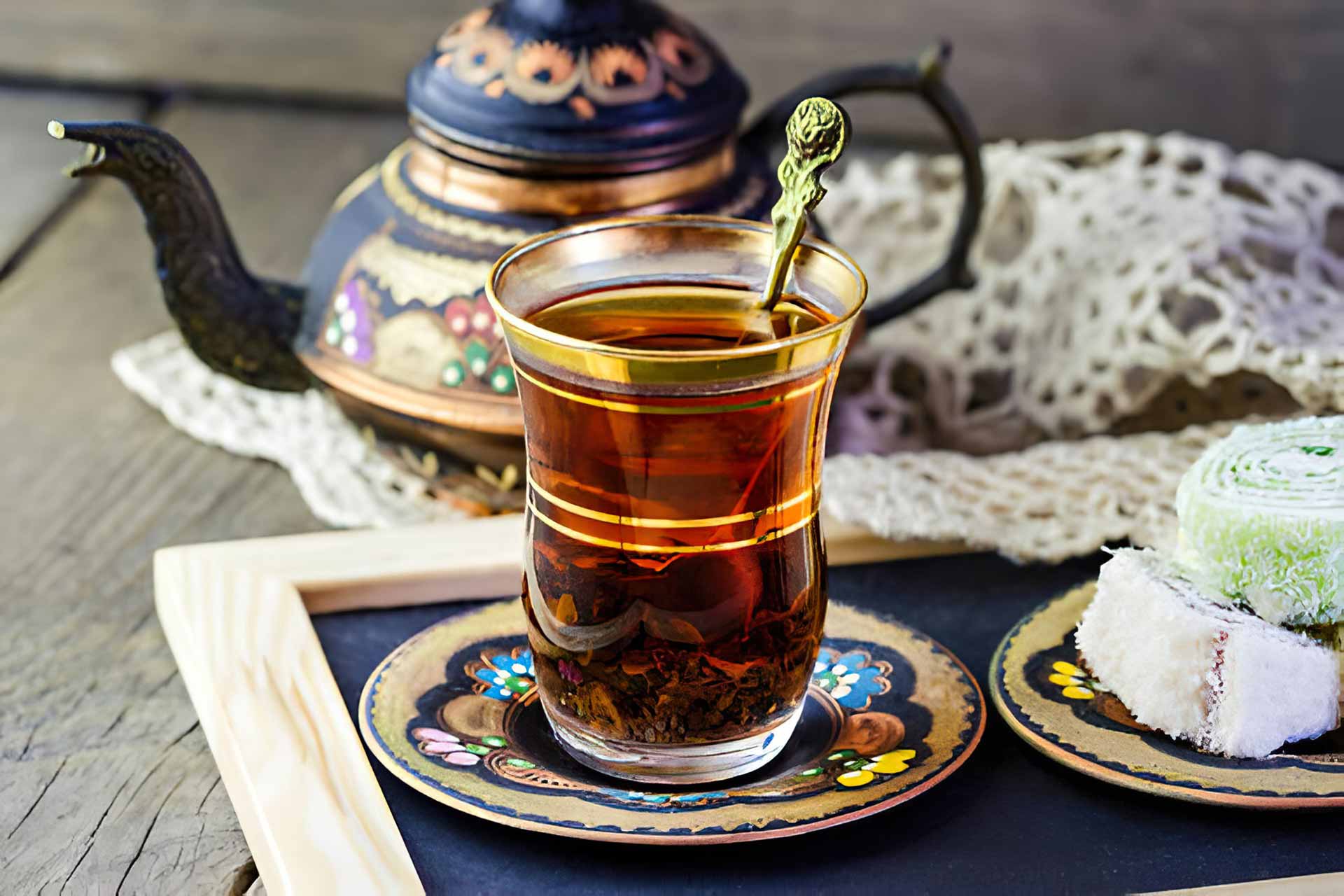A Sip of Art and Nature in Every Cup
Tea is one of the most popular beverages worldwide, enjoyed by millions. With its tea gardens in the northern regions, Iran plays a significant role in producing and exporting this delightful drink. This article will explore the global importance of Iranian tea, its product quality, and its export potential.
The Global Importance of Iranian Tea
Iranian tea has gained attention not only domestically but also in global markets. This drink, known for its unique taste and aroma, has long been a favorite worldwide, earning a special place in the global tea industry. Due to the ideal climatic conditions and rich soils in the northern parts of the country, Iran can produce high-quality tea, which is well-received in international markets, including Central Asia, Europe, and the Middle East.
Why Is the Quality of Iranian Tea Valuable?
The quality of Iranian tea depends on several factors:
- Ideal Climate: Northern regions of Iran, especially in Gilan and Mazandaran provinces, enjoy a mild climate and sufficient rainfall, making them perfect for tea cultivation.
- Fertile Soil: The soils in these areas are rich in essential minerals that support the healthy growth of tea plants.
- Traditional and Modern Production Methods: Iranian tea production combines both traditional and modern techniques, ensuring that the tea retains its unique aroma and high quality.
Types of Iranian Tea and Their Characteristics
Iranian tea is categorized into several types, each with its distinct features:
- Black Tea: This is the most popular type in global markets and is mainly produced in the northern regions. Black tea is known for its strong flavor and rich color.
- Green Tea: Known for its health benefits, Iranian green tea has a growing fan base both domestically and internationally.
- Cinnamon and Rose Tea: These types of tea, infused with aromatic ingredients like cinnamon or rose petals, offer unique flavors and are also popular in international markets.
The Export Potential of Iranian Tea
 The export of Iranian tea, especially to countries in the Middle East and Central Asia, is increasing year by year. By offering high-quality tea at competitive prices, Iran has managed to establish a solid presence in international markets.
The export of Iranian tea, especially to countries in the Middle East and Central Asia, is increasing year by year. By offering high-quality tea at competitive prices, Iran has managed to establish a solid presence in international markets.
Challenges in Export
Despite its great potential, exporting Iranian tea faces some challenges:
- Global Competition: Competing with major producers from countries like India and China, which dominate global markets, can be tough.
- Logistical Issues: Transport, customs, and distribution challenges can increase export costs.
- Quality Standards: Meeting international quality standards may require additional investment.
- Currency Fluctuations: Exchange rate volatility affects the final price of exported tea.
To overcome these challenges, Mansion offers specialized commercial consulting services in exports. The company provides practical solutions and market analysis to help Iranian producers streamline and optimize their export processes.




